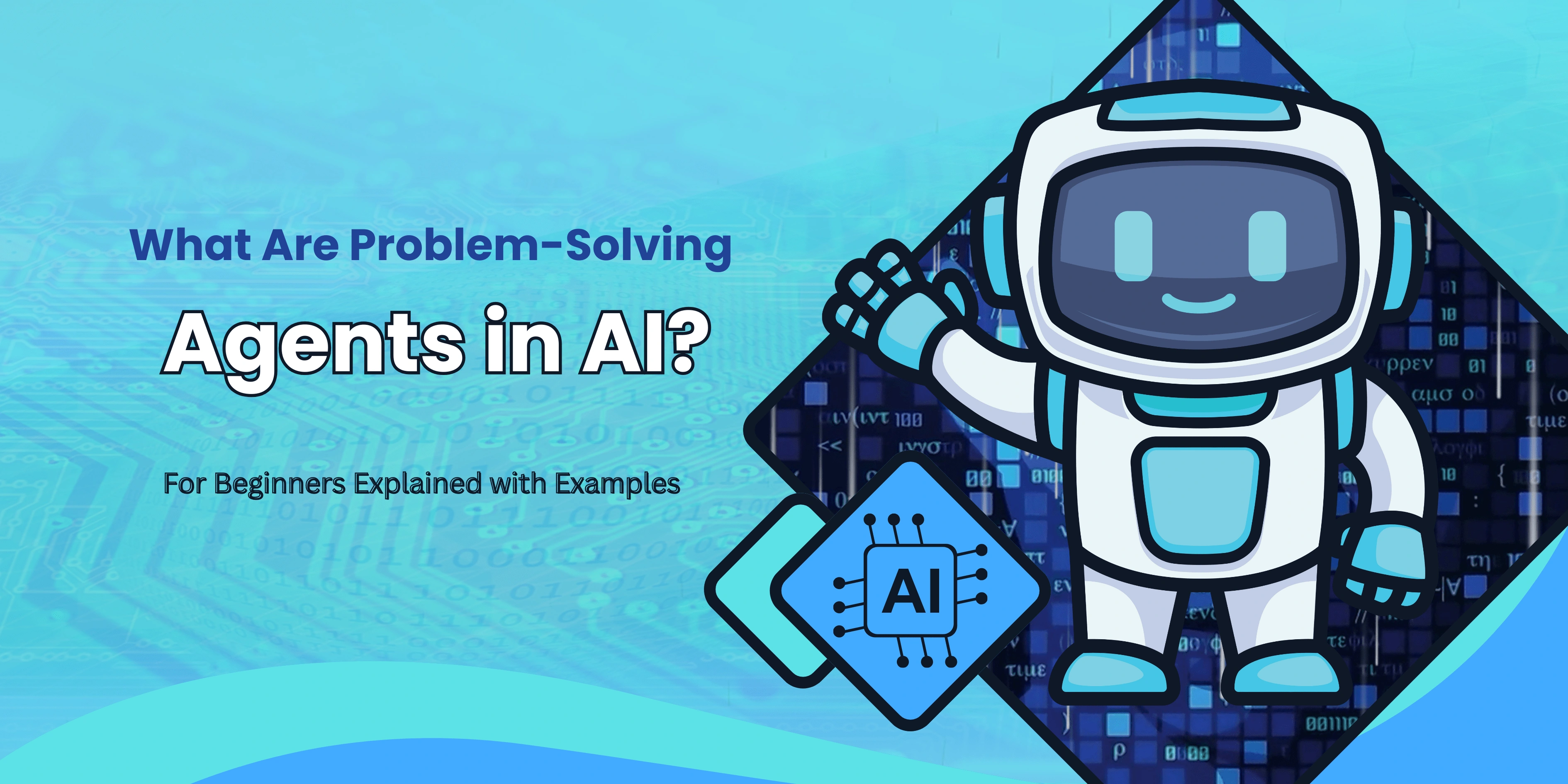Web development is an exciting field, constantly evolving with new technologies and languages. If you're like me, always looking to stay ahead in this ever-changing world, you'll want to know which programming languages are set to dominate in 2026. Whether you're a beginner starting your coding journey or an experienced developer wanting to broaden your skillset, this guide will help you navigate the best programming languages for web development.
What are the best Programming Languages for Web Development in 2026
1. JavaScript
JavaScript has been the backbone of web development for years, and in 2025 - 2026, it’s not going anywhere. It's the language that powers interactivity on websites, from animations to complex web applications. Tools like React, Angular, and Vue.js—all built on JavaScript—make it indispensable for front-end development. Plus, with Node.js, you can use JavaScript for server-side programming, making it a full-stack solution.
Why I love JavaScript:
- It’s versatile (front-end and back-end).
- Massive community support and countless resources.
- Tons of job opportunities.
Pros | Cons |
Universal: every browser supports it. | Dynamic types can lead to subtle runtime errors. |
Big community and many tutorials. | Large projects need structure (TypeScript helps here). |
Fast to try: no compile step needed for simple pages. |
Good for beginners as a first language for the web.
2. Python
Python continues to be a top choice for web development thanks to its simplicity and readability. Frameworks like Django and Flask make Python a great option for building robust and scalable web applications. If you’re like me and value a language that’s beginner-friendly but powerful, Python is a fantastic choice.
Why Python stands out:
- Easy to learn and use.
- Excellent for back-end development.
- Widely used in other fields like data science and AI, which can complement your web development projects.
Pros | Cons |
Easy to learn and read. | Slower than Go or Rust for high-performance services. |
Strong libraries for data and AI. | Some hosting setups may need extra setup compared to Node.js. |
Fast to build prototypes. |
3. TypeScript
TypeScript is essentially JavaScript with superpowers. It’s a strongly typed language, which means fewer bugs and cleaner code. As web applications grow in complexity, TypeScript becomes more valuable for maintaining codebases and ensuring scalability. Major frameworks like Angular are built with TypeScript, and it’s increasingly popular among developers.
Why I recommend TypeScript:
- Makes debugging easier.
- Enhances productivity with better tools and autocomplete features.
- Perfect for large-scale projects.
Pros | Cons |
Universal: every browser supports it. | Dynamic types can lead to subtle runtime errors. |
Big community and many tutorials. | Large projects need structure (TypeScript helps here). |
Fast to try: no compile step needed for simple pages. |
Good for beginners as a first language for the web.
4. PHP
PHP has been around for decades and remains relevant, especially for server-side scripting. While some might consider it outdated, PHP powers about 77% of all websites, thanks to platforms like WordPress. If you’re working with content management systems or e-commerce websites, PHP is still worth learning.
Why PHP deserves a spot:
- Widely used for back-end development.
- Excellent for building dynamic websites.
- Strong integration with databases like MySQL.
- Frameworks like Laravel simplify complex tasks and accelerate development.
Pros | Cons |
Easy to deploy on many hosts. | Not ideal for modern single-page apps. |
Massive ecosystem for CMS and eCommerce. | Larger apps may need strong structure and tooling. |
Good for beginners focused on building simple sites or working with Laravel or WordPress.
Also Read:
5. Go (Golang)
Go, or Golang, is Google’s brainchild and is steadily gaining traction in web development. It’s a statically typed, compiled language known for its speed and efficiency. If you’re building performance-driven web apps, Go should be on your radar.
Why I’m excited about Go:
- Perfect for high-performance, scalable applications.
- Simple syntax, making it easy to learn.
- Excellent for microservices architecture.
Pros | Cons |
Fast and efficient. | Less flexible than dynamic languages for quick changes. |
Easy to deploy as single binaries. | Fewer template and UI libraries than JavaScript ecosystems. |
Clear standard library for networking. |
Good for backend jobs where speed and simple deployment matter.
6. Rust
Rust is another language that’s growing in popularity, especially for developers who value performance and safety. While it’s primarily known for systems programming, its web frameworks like Rocket and Actix make it a great choice for back-end web development. Rust’s emphasis on memory safety ensures fewer crashes and better performance.
Why Rust is worth learning:
- High performance and reliability.
- Great for building secure back-end systems.
- Increasing demand in the tech industry.
Pros | Cons |
Very fast and memory safe. | Steeper learning curve for beginners. |
Great for services that need both speed and safety. | Slower to prototype than Python or JavaScript. |
Good for learners who want strong engineering skills and safe systems.
7. C#
C# (C-sharp) is a powerful and versatile language often associated with Microsoft’s .NET framework. It’s a great choice for building scalable and high-performance web applications, especially if you’re working in the enterprise sector. Tools like ASP.NET Core make C# a strong contender for back-end development in 2025 -2026.
Why I recommend C#:
- Excellent for enterprise-level web applications.
- Strong integration with Microsoft’s ecosystem.
- Active community and regular updates.
Pros | Cons |
Strong tooling in Visual Studio. | More common in enterprise shops than small startups. |
Good performance and rich libraries. | Ecosystem differs from typical JavaScript stacks. |
Good for students aiming at Microsoft or enterprise roles.
8. Java
Java has stood the test of time and remains a popular choice for web development, particularly in large-scale, enterprise-grade applications. Frameworks like Spring Boot make it easier to develop robust back-end services. If you’re targeting industries like finance or healthcare, where reliability and security are paramount, Java is a fantastic choice.
Why Java is still relevant:
- Great for building scalable and secure web applications.
- Long-standing reliability and widespread use.
- Excellent support for object-oriented programming.
Java trand going down in 2025 -2026 but still popular in corporate and finance systems — not in modern SaaS or small web startups.
Comparison table
Language | Best for | Beginner friendly | Performance | Job market |
JavaScript | Front end, Node.js | Very easy | Moderate | Very high |
Python | Back end, AI | Very easy | Moderate | High |
TypeScript | Front end, full-stack | Good (after JS) | Good | High (modern web) |
Go | APIs, microservices | Moderate | High | Growing |
Rust | High-perf servers, tools | Hard | Very high | Growing |
C# | Enterprise, Blazor | Moderate | High | Steady |
PHP | CMS, quick web | Easy | Moderate | Steady |
| Java | Enterprise, legacy web | Hard | Stable | Nomal |
My Final Thoughts
Choosing the best programming language for web development depends on your goals. If you’re looking for versatility, JavaScript and Python are unbeatable. For scalability and performance, TypeScript, Go, or Rust are excellent choices. And if you’re venturing into enterprise-level development, C# and Java remain top contenders.
The best part about web development is that you don’t have to stick to just one language. I recommend starting with a language that matches your current needs and gradually branching out. After all, the more tools you have in your toolbox, the better equipped you’ll be to tackle any project that comes your way.
So, which language will you dive into first in 2026? Let me know—I’d love to hear your thoughts!
Disclaimer: All statistical data on language popularity and trends are subject to change as per industry shifts and advancements.









Leave a Reply